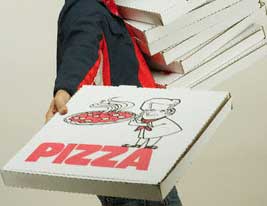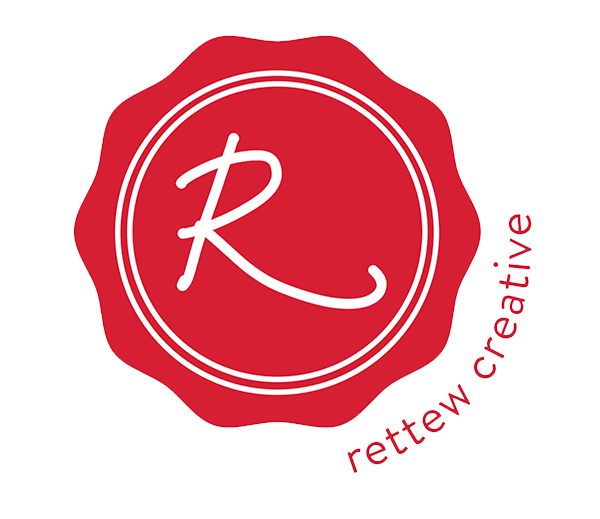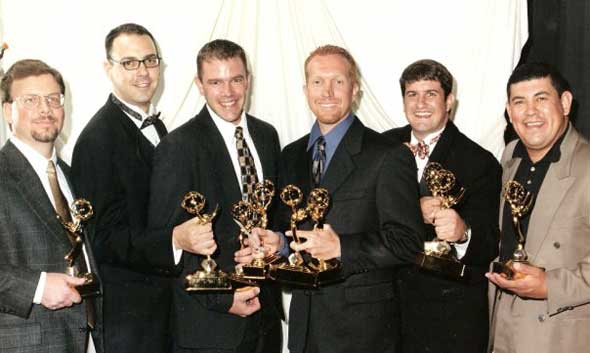How do we tell stories using “media”? Hmm…well the latest trend is the idea of using “Social” Media(s)…
The idea of telling stories is becoming an integral part of communication campaigns. People can identify with stories, especially if the audience can see themselves via the stories that are represented in the campaign.
Take for instances the “Loads of Hope” campaign by Tide. Have you seen the television spots where this large bus with tons of washing machines built into the side drives around and allows those who have lost everything wash their clothes. They could have just shown images of the bus and some figure head describing the mission. NO! Instead they let the people directly impacted by this campaign tell the story…and it is repeatable as stated…”everything is better with clean clothes.” Their are so many of us that can in someway identify with that message. We have either lost our homes or have come near, damn close to being in that particular situation.
So how do we tell the stories to effectively, convey the message of the organization or cause? You have to identify the audience that will receive the message then you have to figure out what will impact that audience in a way which will let them see your message through your eyes.
It does not begin with the tool…OH, I have this cool thing that I want to send a message, let’s create something and we will be heard. IMHO, that is not targeted messaging and definitely not telling a rich story.
Stories can be told using video, the written word, music, etc…but the manner at which the story is crafted is most crucial. I am one that is mostly a purest…I like to find the stories that are most palatable, ones that have rich ‘red strings’ that flow through them.
Bob Dotson once told me that anyone can tell a story, but ones that are the most impactful are the ones that have multiple layers, many threads that need to be pulled back and uncovered. Each revealed in a way that brings a new awareness to the table, to help the audience experience a new way of thought, way to see something through a new lens.
Stories also have the most impact if they not only have a richness to them, but are told in a way that are repeatable. Think of the many stories that have been passed down through the years in your family, between your friends, amongst your peers. They have a theme that is morally repeatable…that make such an impact it actually forces you to want to repeat. It comes so naturally when you pull up a chair at the next meeting and share with a new group of friends.
Good stories must be told in frequency, so that the underlying theme creates a rhythm of awareness. Remember that ‘red string’ concept I was describing with Bob Dotson…well, here you must identify the ‘red string’…the underlying rhetorical position. Use that as the frame work to build micro stories over time, releasing them to your target audience. People not only crave good stories, but they look forward to the next dependable time they can watch another one again…and again…and again.
So…how does media play into this whole storytelling concept? Well, they are just the tools to deliver the stories. Build frequency in the delivery. We use them to generate interest and capitalize on their connectivity, delivering the audiences to the right place at the right time, to find that story.
The story is not the media that delivers, it is the fashion by which the audience is delivered to that story and how ultimately that story is relayed.
We all have the tools to tell a good story, but the great story tellers are ones that recognize the ‘red string’ and capitalize on the delivery mechanisms which insure their story will be heard again, and again, and again!
How do we tell stories using “media”? Hmm…well the latest trend is the idea of using “Social” Media(s)…
The idea of telling stories is becoming an integral part of communication campaigns. People can identify with stories, especially if the audience can see themselves via the stories that are represented in the campaign.
Take for instances the “Loads of Hope” campaign by Tide. Have you seen the television spots where this large bus with tons of washing machines built into the side drives around and allows those who have lost everything wash their clothes. They could have just shown images of the bus and some figure head describing the mission. NO! Instead they let the people directly impacted by this campaign tell the story…and it is repeatable as stated…”everything is better with clean clothes.” Their are so many of us that can in someway identify with that message. We have either lost our homes or have come near, damn close to being in that particular situation.
So how do we tell the stories to effectively, convey the message of the organization or cause? You have to identify the audience that will receive the message then you have to figure out what will impact that audience in a way which will let them see your message through your eyes.
It does not begin with the tool…OH, I have this cool thing that I want to send a message, let’s create something and we will be heard. IMHO, that is not targeted messaging and definitely not telling a rich story.
Stories can be told using video, the written word, music, etc…but the manner at which the story is crafted is most crucial. I am one that is mostly a purest…I like to find the stories that are most palatable, ones that have rich ‘red strings’ that flow through them.
Bob Dotson once told me that anyone can tell a story, but ones that are the most impactful are the ones that have multiple layers, many threads that need to be pulled back and uncovered. Each revealed in a way that brings a new awareness to the table, to help the audience experience a new way of thought, way to see something through a new lens.
Stories also have the most impact if they not only have a richness to them, but are told in a way that are repeatable. Think of the many stories that have been passed down through the years in your family, between your friends, amongst your peers. They have a theme that is morally repeatable…that make such an impact it actually forces you to want to repeat. It comes so naturally when you pull up a chair at the next meeting and share with a new group of friends.
Good stories must be told in frequency, so that the underlying theme creates a rhythm of awareness. Remember that ‘red string’ concept I was describing with Bob Dotson…well, here you must identify the ‘red string’…the underlying rhetorical position. Use that as the frame work to build micro stories over time, releasing them to your target audience. People not only crave good stories, but they look forward to the next dependable time they can watch another one again…and again…and again.
So…how does media play into this whole storytelling concept? Well, they are just the tools to deliver the stories. Build frequency in the delivery. We use them to generate interest and capitalize on their connectivity, delivering the audiences to the right place at the right time, to find that story.
The story is not the media that delivers, it is the fashion by which the audience is delivered to that story and how ultimately that story is relayed.
We all have the tools to tell a good story, but the great story tellers are ones that recognize the ‘red string’ and capitalize on the delivery mechanisms which insure their story will be heard again, and again, and again!
FYI….Bob Dotson is one of my all time favorite television storytellers, along with Carolyn Mungo!
Follow Bob Dotson & Carolyn Mungo on Twitter!


